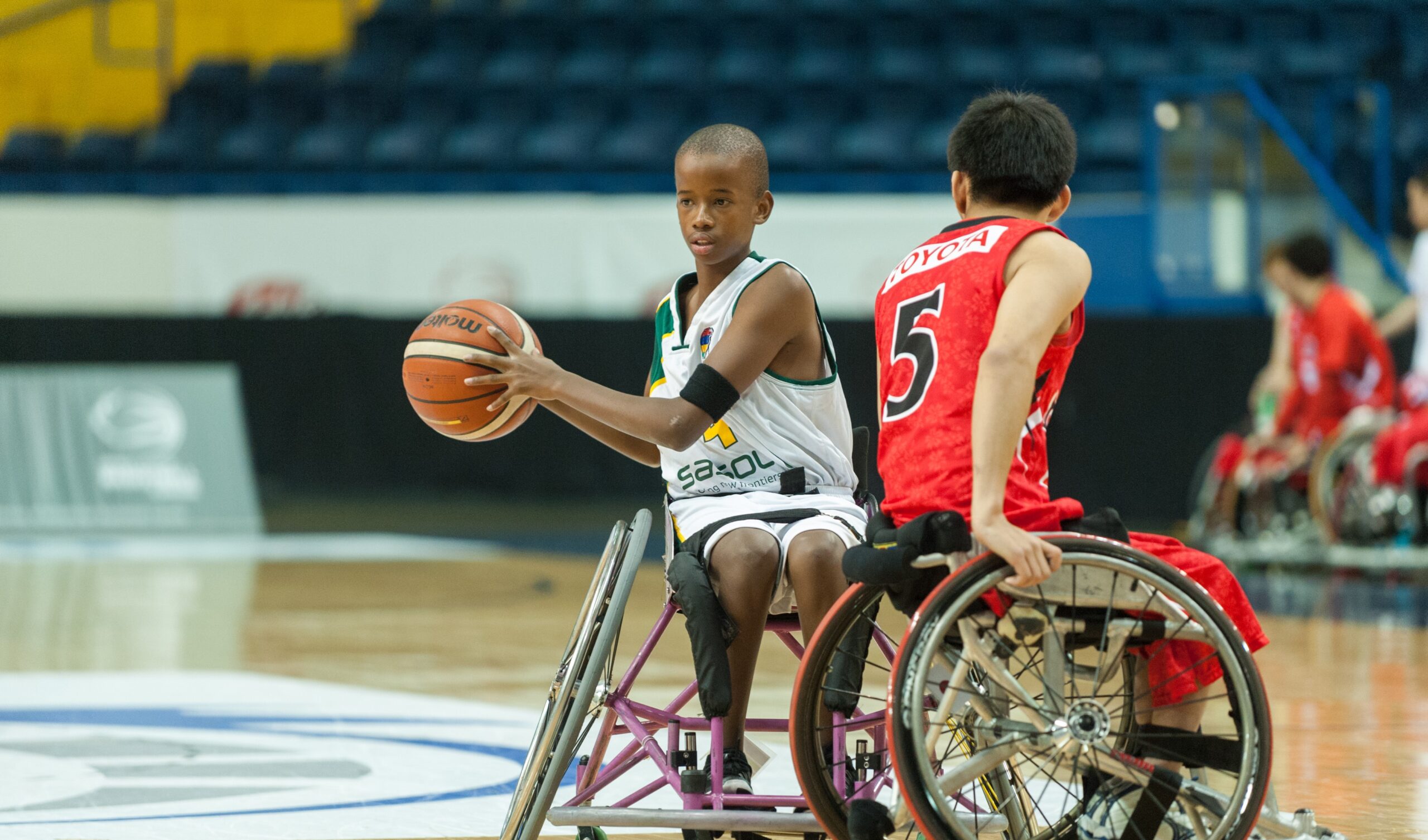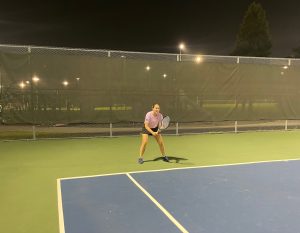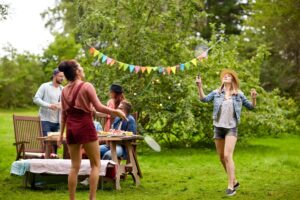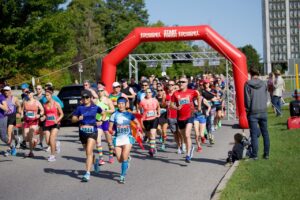Did you know that nearly 4% of children and 13% of youth in Canada are living with a disability? Globally, children and youth with disabilities engage in less physical activity than those without.
Lack of access to opportunities that enable full participation in physical activity for children and youth with disabilities continues to be a public health and human rights issue. In the Canadian Physical Activity Report Card for Children and Adolescents with Disabilities, children and youth with disabilities received a grade of D for overall physical activity, an F for active play and a C+ for organized sport and physical activity.
Expert tips on improving accessibility in sports
Want to learn how to improve accessibility in sports? We spoke with two inclusivity and accessibility experts, Dave Sora and Katie Disimino, for their recommendations.
Dave Sora
Dave Sora is the Participation Pathway co-lead at Ontario Parasport Collective, the co-founder and vice-president of the Center for Accessible Sport and Play, Ontario lead for KidsAction Coaching, Ontario lead for Jooay and member of the Canadian Disability Participation Project. Since 2008, he’s worked with sport clubs, researchers and organizations across Canada to find ways for kids with disabilities to play and has explored the role of innovation in altering the participation landscape.
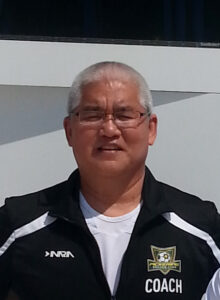
Katie Disimino
Katie Disimino is a PhD student at York University’s School of Kinesiology and Health Science. Her research focuses on physical activity promotion, and she is a member of ParticipACTION’s Disability Advisory and Research Team. Katie has also been involved in a research team that has developed recommendations to help organizations promote physical activity for children and youth with disabilities.

What are some of the main challenges in sports accessibility?
Dave: People with disabilities, and children in particular, face unique challenges and barriers that impact their participation in, experience with and enjoyment of sport and physical activity. While common barriers can include discrimination, inaccessible facilities and/or services, higher costs, and distance or need for special equipment, three less known barriers on the “supply” side (lack of quality adapted programming, limited choice of program type, and lack of trained community coaches, volunteers and facilitators) significantly impact participation.
And disturbingly, all indicators suggest that the pandemic has had a disproportionate impact on the already low physical activity and participation rates of people with disabilities. First to go and last to return seems to best describe the situation, as it’s unclear how organizations will consider the return of kids with disabilities to play as a priority.
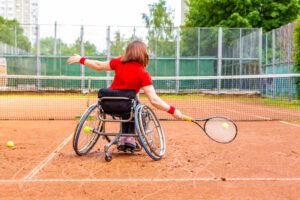
Katie: Inequitable access to physical activity opportunities, limited accessible and relevant physical activity information, and the costs of adapted programs and specialized equipment are just a few of the many barriers faced by people with disabilities.
How can organizations like schools, community centres, gyms and sport clubs make sport accessible through their facilities and programs?
Dave: It’s important to appreciate that physical access is just a start. An accessible facility does not by itself automatically make programs or services accessible, let alone increase quality participation and great experiences. Organizations could consider a few strategies or approaches:
- Look beyond buildings: Explore the difference between making something accessible and building great experiences. Just because someone can access the building doesn’t mean they can participate or have a great experience.
- Embrace the “nothing without us” philosophy: Include people and employees with disabilities in a meaningful way in planning accessibility improvement strategies.
- Widen the focus to “everyone plays”: Increase understanding and appreciation of the complexity of barriers, especially hidden barriers, that can exist beyond the physical environment and extend into the social and program environments.
- Be creative and lead: Adopt an “innovation” approach to barriers and solutions, be creative and lead change.
- Communicate inclusively: Ensure everyone knows what you’re doing to be more accessible and that all communications are accessible, from websites to program and event information to annual reports. There is no point in having accessible facilities and programs if the people you’re trying to reach can’t access the information.
- Work together: Seek out people and organizations in your community and across the sport and disability service sector who are eager to help and share or direct you to resources.
Katie: Ensure your facilities meet your program participants’ mobility needs. Create facilities that are spacious, free of obstructions and well lit, and that have tactile walking surface indicators, elevators and ramps. You should also offer specialized or adaptable equipment like sports chairs, beeper balls, Velcro grips for dumbbells and adjustable nets. Make sure your volunteers and staff know when and how to appropriately modify activities, instructions and equipment to suit your participants’ abilities.

It’s also important to share information about your programs in different formats including text, images and audio, and to ensure your programs offer equal opportunities for people of all abilities to participate.
What are some of the best ways to encourage people with disabilities to participate in sports and physical activity?
Dave: Research and practice have provided evidence of many successful strategies for increasing participation of people with disabilities:
- Design programs to promote “quality participation” and emphasis on “belonging.”
- Generate accessible program materials and information.
- Ensure people with disabilities are reflected and represented in communications products and outreach materials.
- Craft communications to align with participant needs and expectations by providing details on what “inclusive” means, types of adaptations and accommodations, and safety.
- Implement customized and targeted recruitment strategies.
- Recognize the value of online/virtual programming as a highly accessible path to participation.
- Use online tools and training, pre-program orientations and multi-sport try-it sessions to provide safe and comfortable entry into play.
- Pay attention to the concept of “first involvement” to create a first great experience and promote retention.
- Collect and share testimonials.
- Host “bring a friend” days.
Katie: Provide clear and detailed information about physical activity programs, staff, facilities and the specific benefits of physical activity for people with disabilities. Share ideas, tools and resources to support physical activity participation, goal setting, planning and progress tracking.
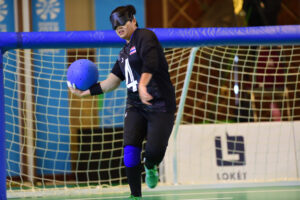
What advice do you have for individuals or organizations looking to increase physical activity and sport accessibility in their communities?
Dave:
- Keep it simple and don’t overthink: The goal can be as simple as making a new friend – it doesn’t have to be about skills, performance and competition. Fun and friendships are far more than enough. If you want to start something, start it, because it won’t happen if you don’t.
- Impact is relative: It’s not always about engaging and mobilizing millions. Understand and appreciate the extraordinary and often immeasurable impact of providing opportunities for even just one child with a disability to play – it can be life altering.
- Rely on others: There are many sport organizations, service agencies and individuals with common goals who are eager to share expertise and resources to support physical activity.


